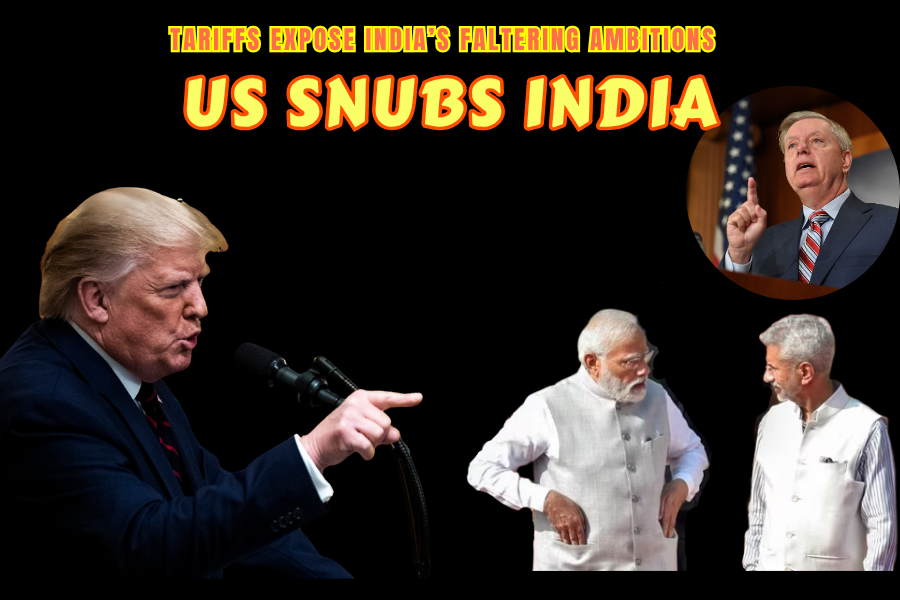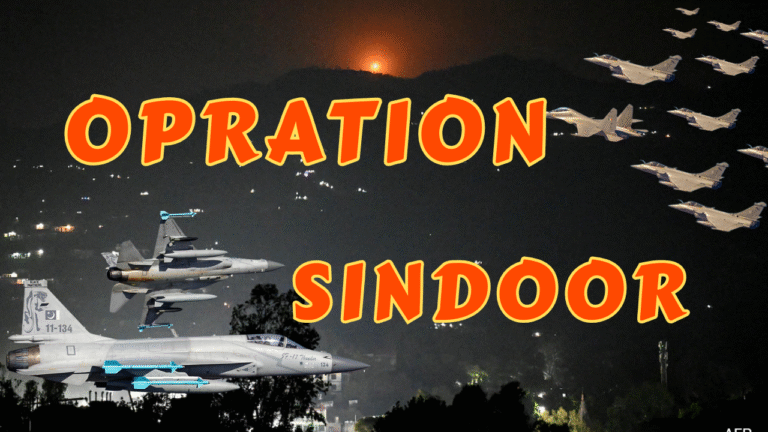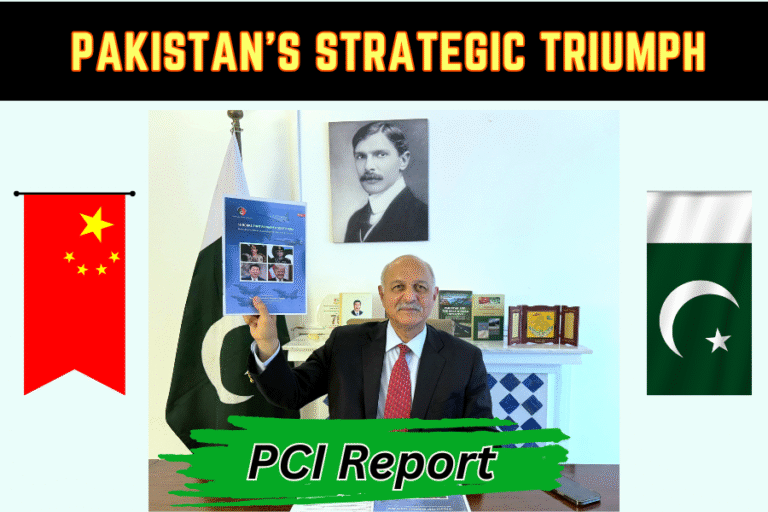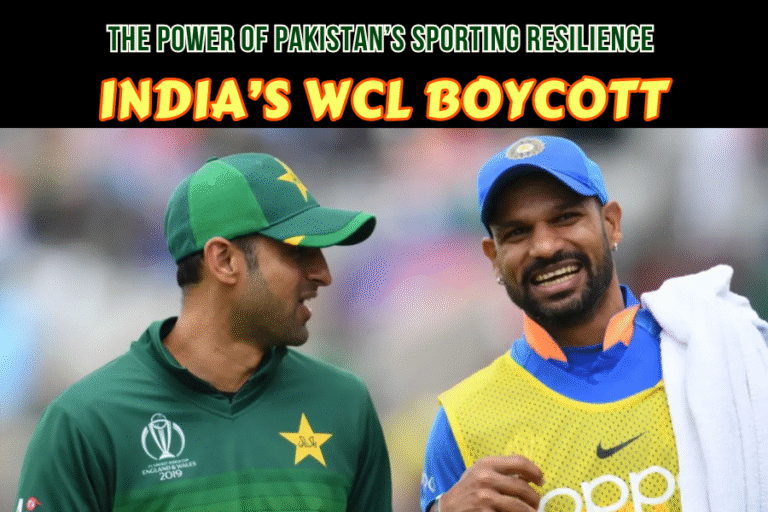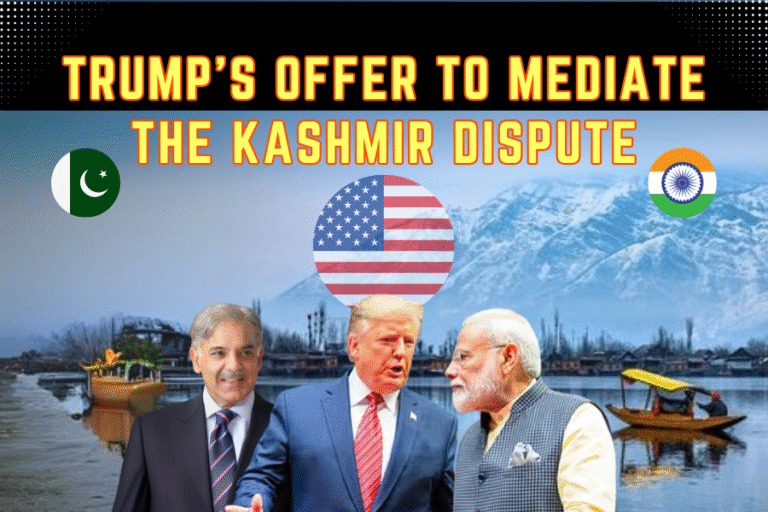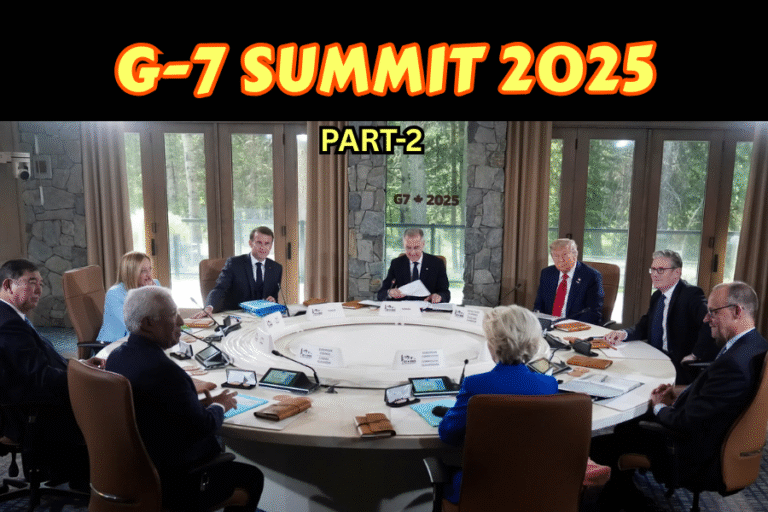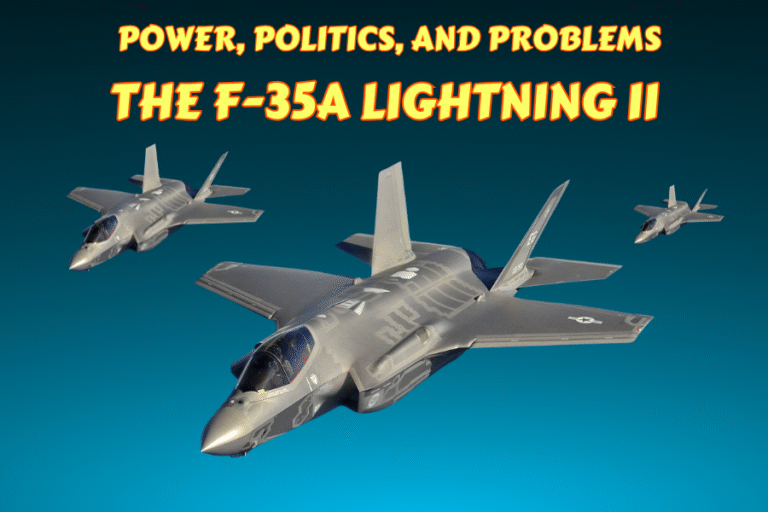(By Quratulain Khalid)
India’s self-styled Vishwaguru facade crumbles under U.S. pressure, as President Donald Trump delivers stinging rebukes through tariff threats and humiliating deportations. India’s reckless reliance on Russian oil, coupled with its military setbacks in the May 2025 Indo-Pakistan conflict, exposes its strategic folly. Meanwhile, Russia offers India Su-57 stealth fighters and S-400 systems, mirroring China’s steadfast support for Pakistan. By contrast, Pakistan stands firm, leveraging Chinese backing to outmaneuver India. India faces a perilous crossroads: embrace Russia’s aid and risk crippling U.S. and EU sanctions, or bow to the West and face skyrocketing oil prices that could destabilize its fragile economy. This article dissects India’s diplomatic blunders and Pakistan’s principled resilience amid global power shifts.
TRUMP’S SCORN: INDIA’S HUMILIATION UNMASKED
President Trump revels in exposing India’s weaknesses, mocking its claim of losing no fighter jets in the May 2025 clash with Pakistan, where Pakistani forces downed six Indian aircraft. Furthermore, Trump’s administration deported 1,563 Indian nationals in 2025’s first half, initially shackling them on military planes without toilets—a degrading spectacle. Although commercial flights later replaced these, the initial insult underscores U.S. contempt. Senator Lindsey Graham’s Russian Sanctions Act of 2025 threatens 500% tariffs on India for buying USD 131 billion in Russian oil since 2022, funding Moscow’s Ukraine war. India’s lofty Vishwaguru rhetoric falters as Trump’s snubs reveal its diplomatic overreach, unlike Pakistan’s steady alignment with China, which bolsters its regional clout.
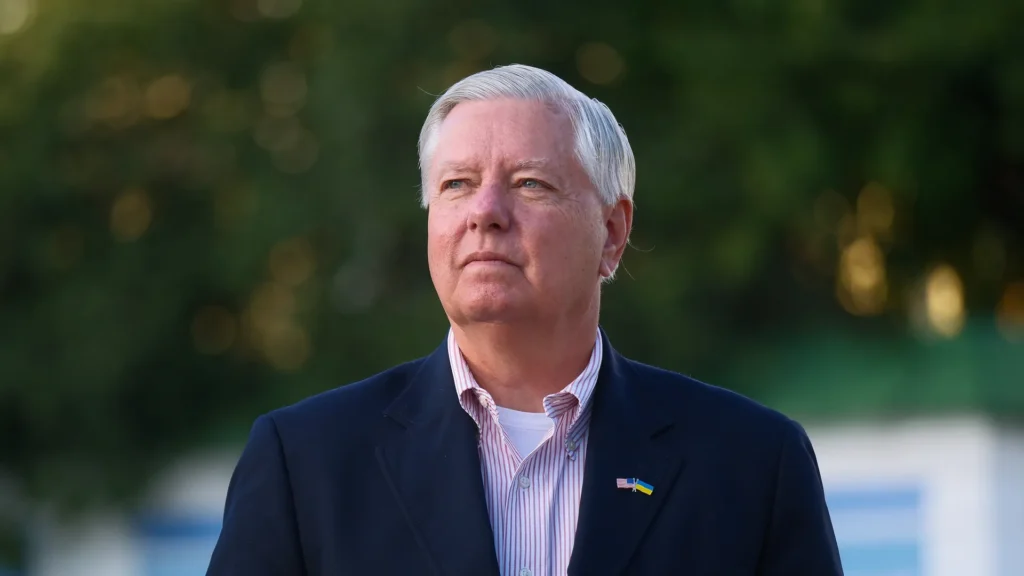
RUSSIA’S TEMPTING OFFER: A TRAP FOR INDIA
Russia, sensing India’s vulnerability, dangles a tantalizing offer to counter U.S. pressure. On 4 June 2025, Moscow proposed joint Su-57E stealth fighter production, offering source code access to integrate India’s Astra missiles, alongside additional S-400 systems and potential S-500 upgrades. This mirrors China’s robust support for Pakistan in May 2025, supplying J-10C jets and HQ-9 systems to devastating effect. Russia’s guarantee of military backing aims to prop up India against Pakistan and China, aligning with its “Make-in-India” delusion. However, accepting this risks catastrophic U.S. and EU tariffs, trapping India in a strategic quagmire. Pakistan, by contrast, thrives with Chinese support, deftly navigating global tensions while India stumbles under its own grandiose ambitions.
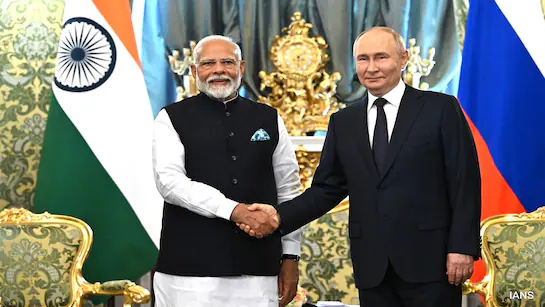
MAY 2025 CONFLICT: INDIA’S DEFEAT, PAKISTAN’S TRIUMPH
The May 2025 Indo-Pakistan conflict, triggered by a 22 April terrorist attack in Kashmir, laid bare India’s military frailties. Operation Sindoor, India’s ill-fated retaliation, saw Pakistan’s J-10C & JF-17 jets and HQ-9 systems down six Indian jets, including four Rafales, one Mig-29 and a Su-30MKI at the outset of the conflict. S400 AD, deployed in Punjab, failed to prevent losses, with 1-2 systems damaged by hypersonic missile attack. Pakistan’s electronic warfare, jamming Indian radars, secured a tactical edge, as noted in regional analyses. Consequently, India’s boasts of supremacy collapsed, while Pakistan’s disciplined strategy, backed by China, shone. Russia’s offer to India now seeks to patch these gaps, but it underscores India’s reliance on foreign aid, unlike Pakistan’s cohesive defence partnerships.
ECONOMIC PERIL: INDIA’S LOOMING CRISIS
A 500% U.S. tariff on India’s USD 85.5 billion exports could shatter its economy, with the EU potentially following suit. India’s 40% reliance on Russian oil, at USD 84 per barrel, saves USD 3.8 compared to Brent crude. Rejecting Russia’s offer avoids tariffs but forces India to buy costlier West Asian oil, risking fuel price surges and public unrest. By contrast, Pakistan diversifies its energy imports, leveraging Chinese investment to stabilize its economy. BRICS counter-tariffs on USD 241.31 billion in U.S. exports could escalate into a trade war, but India’s domestic woes—unemployment and inequality—leave it ill-equipped. Pakistan’s prudent economic policies, supported by China’s Belt and Road, offer a model of resilience India cannot match.
VISHWAGURU FANTASY: INDIA’S EMPTY BOASTS
India’s Vishwaguru narrative, peddled by Prime Minister Narendra Modi, rings hollow amid U.S. snubs and domestic failures. Modi’s G20 posturing and Vaccine Maitri claims mask rising communalism and joblessness, undermining global credibility. Russia’s offer tempts India to defy the West, but social media posts suggest it may cave, accepting GMO products to dodge tariffs. Pakistan, however, stands tall, its Chinese alliance ensuring strategic clarity. India’s refusal to condemn Russia’s Ukraine invasion reflects opportunism, not strength, as Foreign Secretary Vikram Misri’s energy security rhetoric falters. Pakistan’s principled non-alignment, backed by BRICS solidarity, contrasts sharply with India’s faltering global image.
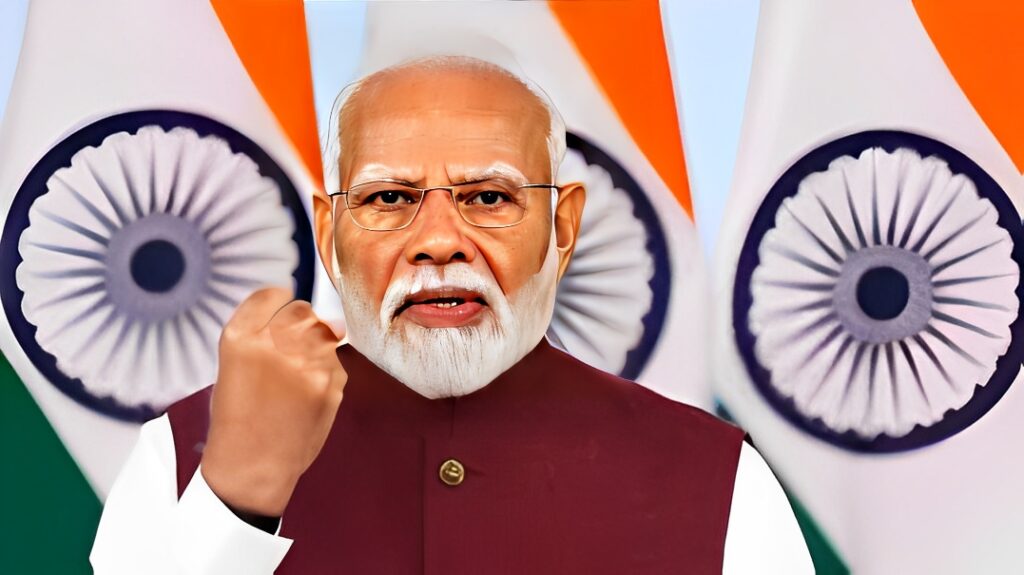
GEOPOLITICAL CROSSROADS: INDIA’S DILEMMA, PAKISTAN’S STRENGTH
India faces a stark choice: embrace Russia’s Su-57s and S-400s, risking 500% tariffs, or align with the West, spiking oil prices and inviting chaos. Russia’s military guarantee strengthens India against Pakistan and China, but sanctions could cripple its USD 85.5 billion exports. Siding with the West, as Oil Minister Hardeep Puri hints, leverages 50% higher U.S. oil imports in 2025 but risks economic destabilization. Pakistan, fortified by China’s support, faces no such dilemma, its energy and defence strategies aligned. India’s indecision exposes its strategic weakness, while Pakistan’s resolve, seen in May 2025, cements its regional dominance. India’s Vishwaguru dream teeters as Pakistan’s pragmatic alliances prevail.
BRICS AND DE-DOLLARISATION: INDIA’S WEAK LINK
Trump’s tariffs target BRICS’ de-dollarisation push, with India, China, and Brazil buying 80% of Russia’s oil. The Rio BRICS summit condemned U.S. sanctions, advocating a dollar-free payment system. Tariffs could spike global oil prices, with Russia exporting 7 million barrels daily. Pakistan, aligned with China, supports BRICS’ financial autonomy, while India wavers, its economy vulnerable to sanctions. Counter-tariffs on U.S. exports risk inflation, but Pakistan’s Chinese-backed infrastructure mitigates impacts. India’s reliance on Russian oil, processed through refineries like Nayara Energy, invites U.S. ire, unlike Pakistan’s diversified energy strategy. India’s weak BRICS stance undermines its global influence, while Pakistan’s clarity strengthens it.
PATH FORWARD: INDIA’S FOLLY, PAKISTAN’S VISION
India must rethink its faltering strategy to survive U.S. pressure. Negotiating tariff exemptions while clinging to Russian oil exposes its duplicity. Engaging Russia without committing preserves Western ties, but domestic reforms are crucial to salvage credibility. Pakistan, by contrast, exemplifies vision, leveraging Chinese support to counter India’s aggression in May 2025. India’s Vishwaguru rhetoric must yield to substance, or it risks isolation. Pakistan’s diplomatic agility, seen in BRICS and regional forums, offers a blueprint India cannot replicate. Without bold action, India’s global dreams will collapse under U.S. sanctions and domestic unrest, while Pakistan thrives as a regional leader.
SUMMARY
Trump’s 500% tariff threats and deportations humiliate India, targeting its USD 131 billion Russian oil imports. Russia’s Su-57 and S-400 offer tempts India, but risks sanctions, while Western alignment could spike oil prices, destabilizing its economy. Pakistan, bolstered by China’s support in May 2025, outshines India’s faltering Vishwaguru claims. India’s indecision contrasts with Pakistan’s strategic clarity, risking its global standing amid BRICS de-dollarisation and trade war fears.

